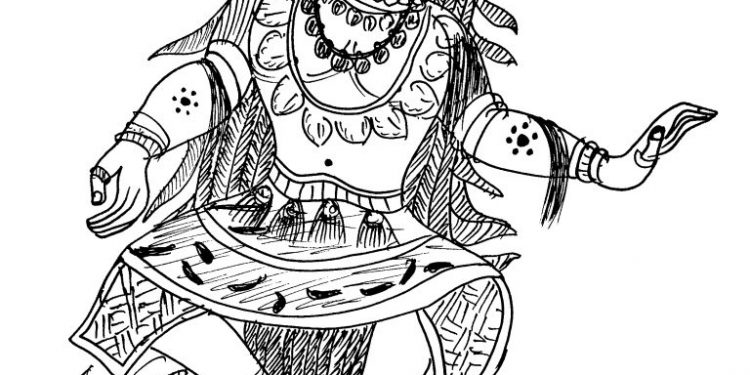In the rich literary tradition of Odisha, often overlooked is the role that female poets played. Here is an attempt to uncover the literary genius of Odia poetesses of yore
BHUBANESWAR: Odia, being a classical language, has had a rich literary tradition, spanning from around the 10th century until this date. We keep talking about great poets from the ancient and medieval ages, but often overlooked is the role that female poets played. Orissa Post interacted with Prateek Patnaik, who has made extensive research in this subject, to know more about them.
He said, “It is a very difficult task to find reliable information about the poetesses of yore. There are almost fifty, of which the very first is by the name of Jira Dei. Jira Dei writes a commentary on the Sisu Beda, which is one of the cornerstone texts of the Odia Natha tradition. It is traditionally attributed to Gorekhanatha. Jira Dei curiously writes her name at the end of ‘Dombi Mata Jhamaka Gita’. Hence, she calls her commentary Jhamaka Gita and she is identifying herself as Dombi Mata, ‘matriarch of the clan of Dombas’.”
The Domba community are mostly found in the southern districts of the state. A Dombi is a female of this ethnic group. Recurring references to a Dombi are found in the Charyapada songs (originally named Ascharjya Charjyachaya). These are layered cryptic songs that the eighty-four Mahasiddhas (‘great adepts’) wrote between the 8th-12th centuries. Their language is a curious predecessor of modern-day Odia, Assamese and Bangla. Of these, the songs of Mahasiddha Kanhupa (probably from South Odisha) repeatedly invoke the Dombi’s character :
Not much else is known about Jira Dei. We only know that she uses esoteric metaphors to write about Nath Traditions. And perhaps we have no other Odia commentary that is as early. Hers would probably be around 12-13th century latest. That is much, much before Sarala Dasa’s Mahabharata. It is fascinating to imagine this powerful Dombi woman, adept in Vajrayana and expounding cryptic metaphors. We have no other clue about who Jira Dei is or what she did.
Next is Nandabai who lived probably around the 16th century. She wrote a chautisa called Nandabai or Rukmini chautisa. It talks about the story of Rukmini and apparently, has been published. She is important because many of the medieval poets, including Upendra Bhanja, mention her song in the beginning note as ‘sing this song in the way of the Nandabai’s Chautisa’. Her song was apparently very famous.
Madhabi Dasi, a close associate of Chaitanya, lived in the 16th century. She was born in the Puri district. Madhabi Dasi’s creations include an iconic janana to Jagannatha, called chakanayana he jagu-jibana sri hari. Here she writes about all female devotees of Jagannatha in order. At the end she tells, “I am also a lady—save me!”. So she mentions Ahalya, she mentions Draupadi, even the Mruguni [doe], then she mentions Mirabai and Karamabai. Karamabai is a 9th century Maratha lady who came to Puri.

Brundabati Dasi from Puri, 17th century, wrote a text on the Vaishnava philosophy of Odisha. Her son wrote, grandson wrote, husband wrote, father wrote— everybody in her family wrote. We see a fascinating example being set here.
Then there are about twenty princesses, with names like Surjyamani, Khirodamali and Krusnapriya among others. They wrote auspicious marriage songs, Mangala Gita. Apparently, this was one area where female poets were in the majority— the sphere of the household and rituals of auspiciousness.
There are a few more who wrote some Krishna songs. Some others wrote separate kabyas such as about the story of Aniruddha and Pradyumna. The iconic bhajana ‘Thaka Mana Chala Jiba‘ was written by a Saria Bhika, which could be the name of either a man or a woman.
There is also a Hiradasi Bangaluni, who writes in a mixture of Odia and Bengali and in the middle of the song “Here! Jagannath is coming for the Bengalis”. Quite controversial a comment!
That’s all. We should be proud of the ancient poetesses of this land— from queens to dombis— wonderful women who talk about everything from philosophy, devotion, culture to romance, warfare and society.






































